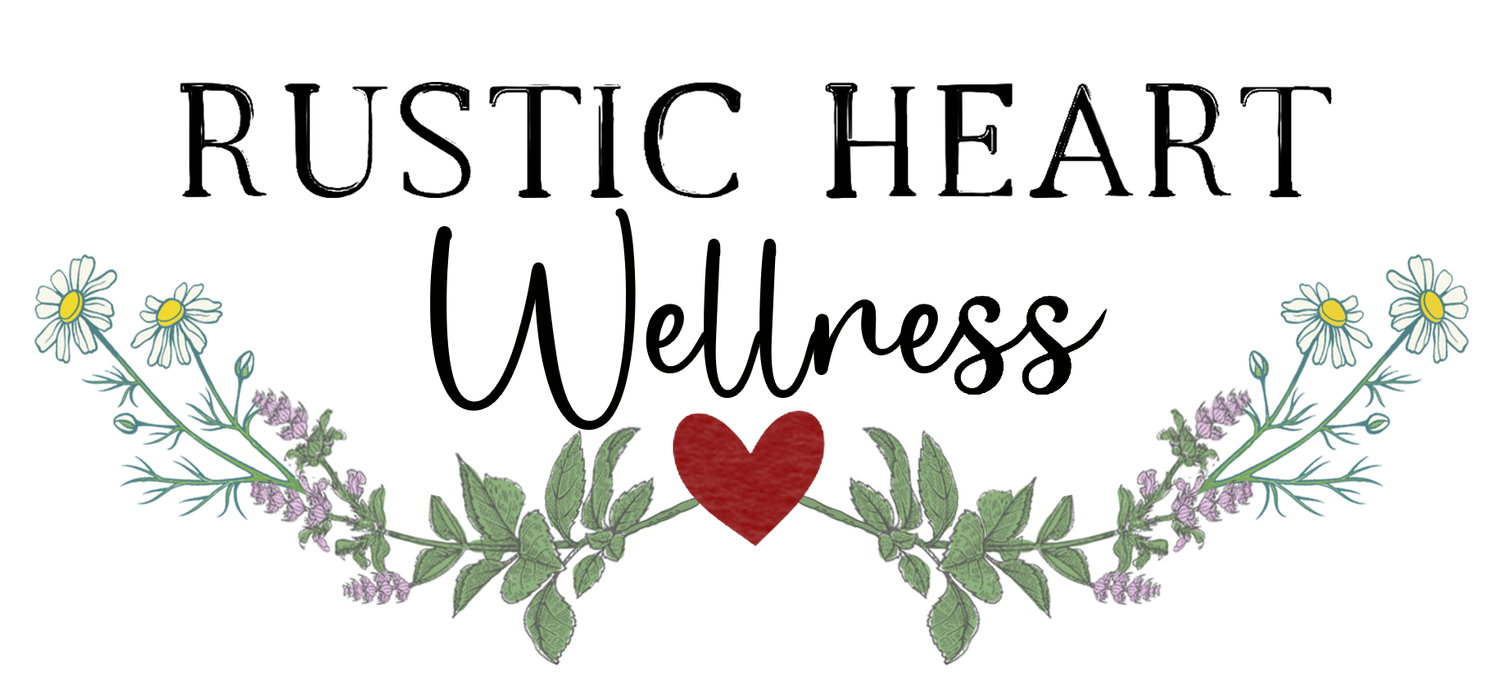Fire Cider: Warming the Body & Awakening the Senses
A fiery infusion of roots and spice, a staple of modern herbalism that bridges food and medicine.
Fire Cider is a zesty, vinegar based infusion made with roots, herbs and spices. It’s a time-honored folk remedy loved for its ability to stimulate circulation, clear stagnation, and support the immune system. It’s equal parts spicy, tangy, and vibrant. It’s alive with energy and the unmistakable warmth of the plants.
This humble tonic has become a staple in modern herbalism, bridging the worlds of food and medicine, and reminding us that simple, everyday ingredients can hold incredible healing potential.
What is Fire Cider?
At its heart, Fire Cider is an apple cider vinegar infusion made with an assortment of warming roots, aromatic herbs and spices. Traditionally, it includes horseradish, onion, garlic, ginger and hot peppers, steeped for several weeks before being strained.
Many people like to add a touch of honey or a bit of citrus for sweetness and balance, though the recipe is easily adaptable based on your taste, constitution and the season.
Each ingredient brings its own medicine:
Ginger warms and supports digestion.
Horseradish clears the sinuses and awakens circulation.
Garlic strengthens the immune response.
Onion supports the lungs and respiratory health.
Citrus or honey, when used, soften the edges and harmonize the intensity of the roots.
The result is a living, tangy tonic that wakes up the senses and reminds us that medicine can also be delicious.
Choosing Quality Ingredients
The potency of Fire Cider begins with the quality of its ingredients. Whenever possible, choose organic and sustainably sourced herbs and produce to ensure your remedy is pure, vibrant and full of life.
Your apple cider vinegar is the foundation, look for one that’s raw, unpasteurized, and contains “the mother,” the living culture of beneficial bacteria and enzymes that make the vinegar truly alive. These small sourcing choices elevate both the flavor and the vitality of your medicine.
Each ingredient carries its own energy and story. The more care you bring to your sourcing, the stronger your connection with the final creation.
Herbalism as an Art and a Science
I often remind my students that herbalism is as much an art as it is a science. Fire Cider is a perfect example of this.
There’s no single right way to make it. The recipe can shift with your body’s constitution, the season, or simply what’s available in your kitchen.
If you tend to run hot, reduce spicy ingredients like cayenne or horseradish and add cooling herbs such as mint or lemon balm.
If you run cool or sluggish, add more warming roots like ginger, cinnamon, or turmeric to stoke inner fire and support circulation.
Your senses and intuition can guide you. Each batch becomes a reflection of the maker, your relationship with the plants, your body and the season.
Gratitude for the Lineage
I’m continually grateful to be on a path where I can learn and study with so many incredible teachers and herbalists. Rosemary Gladstar, who helped bring Fire Cider into the spotlight decades ago, has inspired countless practitioners to reclaim herbal knowledge as something living, shared and accessible to all.
The story of Fire Cider, including the effort to keep it a freely shared folk remedy when a company tried to trademark the name is a beautiful reminder of what herbalism truly stands for: community, creativity and reciprocity with the natural world.
Food as Medicine
What I love most about Fire Cider is how it blurs the line between kitchen and apothecary. It’s a food-based remedy, simple enough for anyone to make, yet deeply nourishing.
You can take a spoonful daily as a tonic, mix it into salad dressings, drizzle it over greens, or add a splash to soups and broths. It’s a beautiful way to begin working with herbal remedies at home, to taste their vitality and understand how plants support the body in subtle, powerful ways.
Making Fire Cider each year has become a small ritual for me, a moment of connection with the plants, the changing energy around me, and the lineage of herbalists who came before.
Closing Reflection
Herbalism teaches us that healing isn’t just about what we take, but how we participate. Making something with our hands, tasting the medicine of the earth, and listening to what the body needs. That’s the essence of this practice.
So as you chop, mix and infuse, let it be more than a recipe. Let it be a conversation between you, the plants, and the pulse of life that connects us all.

